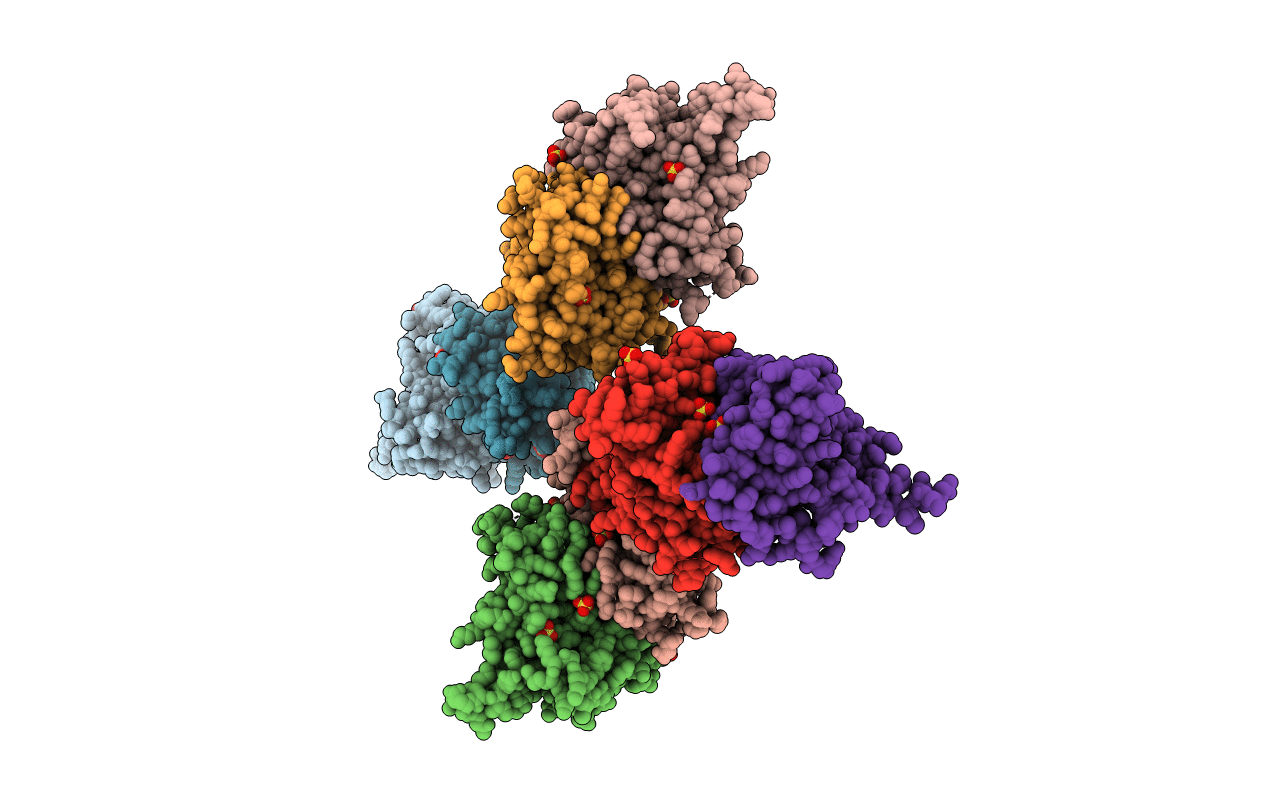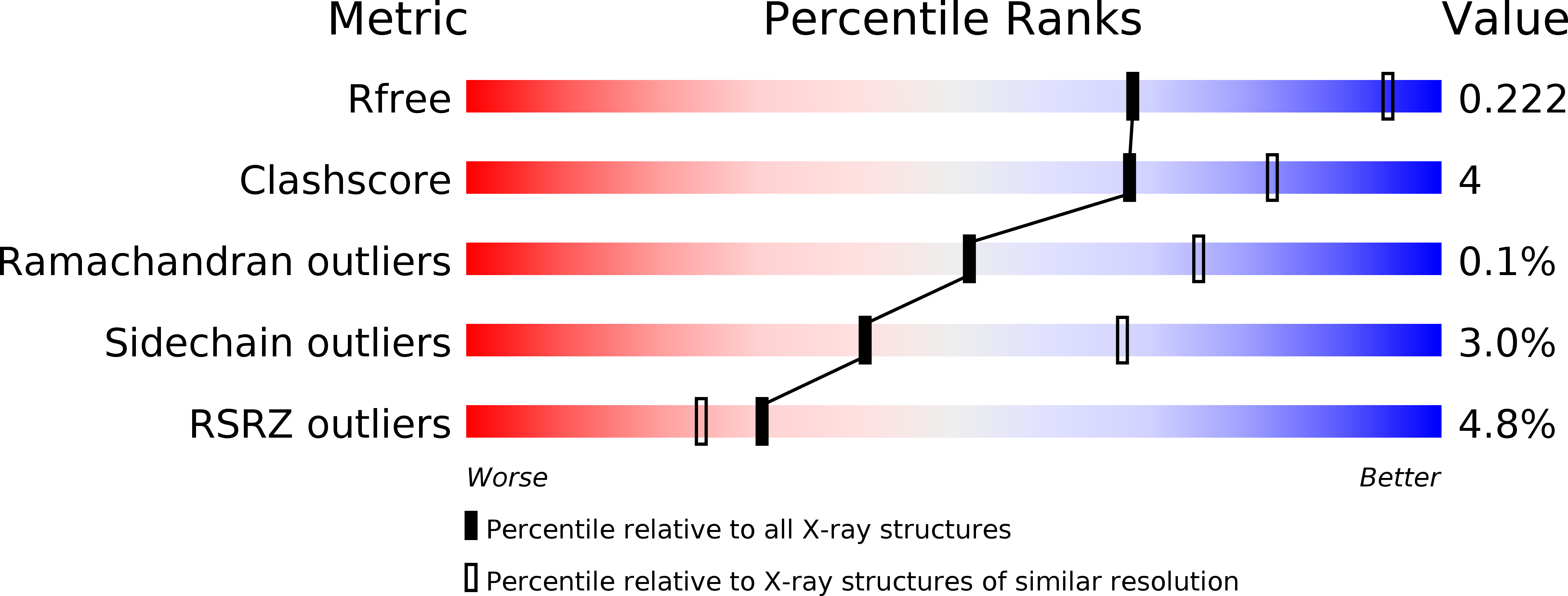
Deposition Date
2012-07-05
Release Date
2013-08-07
Last Version Date
2024-02-28
Entry Detail
PDB ID:
4FYM
Keywords:
Title:
Crystal structure of Plasmodium falciparum orotate phosphoribosyltransferase
Biological Source:
Source Organism:
Plasmodium falciparum (Taxon ID: 5833)
Host Organism:
Method Details:
Experimental Method:
Resolution:
2.60 Å
R-Value Free:
0.21
R-Value Work:
0.19
R-Value Observed:
0.19
Space Group:
P 21 21 21


